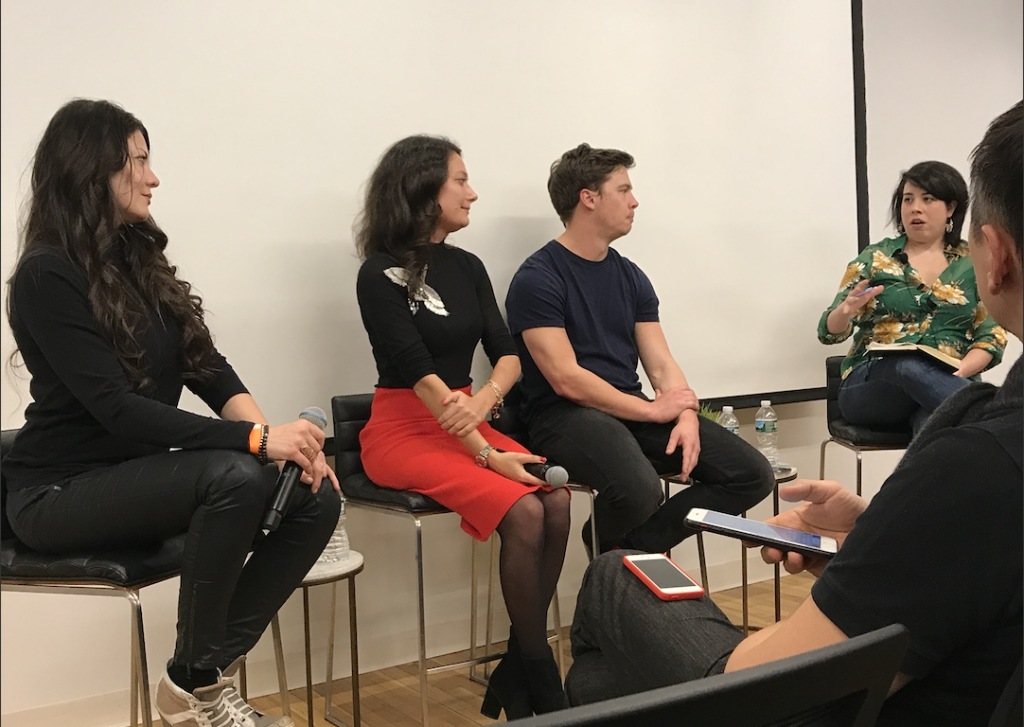One of the most effective emerging growth strategies is utilizing influencer marketing
Each platform lends itself to particular types of influencers and audiences. The audience you are trying to reach will determine which platforms and influencers you should target.

Why is utilizing influencer marketing for startups important?
The short answer is because it works. When done right, influencer marketing can have outsized returns for startups. The second reason is that it offers a targeted, cheap way to reach your target audience. Influencers already have a loyal and engaged following of your target customers. These followers listen to what influencers say.
A colleague of mine paid $40 for his teenage son to go to an event where a YouTuber was signing autographs. My colleague was amazed that his son thought this person was famous just from watching the weekly videos he puts out. This example highlights that influencers are micro-celebrities and command attention even if they aren’t household names.
Key steps to utilizing influencer marketing for startups
In the current age, influencers are a key emergence from social media and are democratizing celebrity. The internet and social media allow niche communities to form and thrive. After attending a meetup focusing on growth hacking tools for startups, the theme of influencers rose to the top of the list of strategies.
I chose to attend a follow-on panel discussing influencer marketing in greater detail.
Below I’ve outlined the key insights into a formula for how you can utilize influencer marketing for your startup.

1. Finding influencers that are right for your startup
You’ve decided that you want to explore an influencer marketing strategy for your startup. Now what? First, you should have an idea of who your target customers are. For example, Scentbird targets women who are 24-35 and are based in the US because those are their ideal customers. These are the people most likely to purchase their designer perfume subscription.
Great, so now what? In the example of Scentbird, it’s not obvious what their offering is so they need a platform where they can educate their consumers. Naturally, YouTube lends itself to being the best platform as their target audience spends time on the platform and in a video, you are able to explain their not-so-obvious designer perfume subscription model.
The other important piece is to look for not just the number of subscribers, but the actual engagement from their audience in the form of likes and comments. A good ratio that was discussed is a YouTube influencer with 200k followers receiving 1,000 views per video. For each platform the engagement is different and your goal is different as various platforms are better for sales conversions vs. brand awareness.
2. How to engage influencers
Great! So you’ve identified a few influencers on a specific platform that you want to work with… now what? The advice from the panel was that for your first few influencer engagements you should reach out directly to the influencers yourself. Don’t use an agency, as hearing directly from a brand creates a much stronger relationship with the influencers.
Message them on their platform and ask to discuss providing sponsored content. Going into the engagement, be knowledgeable about their audience and the type of content they produce. Ensure you align expectations on the content that an influencer will create and what the compensation will be for the influencer.
Ian at SeatGeek mentioned that his favorite types of influencers to engage with are the micro-influencers that have 10k-15k followers. These influencers are just getting started and are more grateful than influencers with a larger audience. Additionally, give away freebies as payment whenever possible. For SeatGeek, they will trade great tickets vs. large sums of money. It is cheaper for them, plus it tends to promote more brand affinity with the influencers.

3. How to measure your influencer marketing strategy
Measuring your influencer marketing program is super important. If you don’t have the right tracking system in place then you won’t know if your efforts are successful or not. Both SeatGeek and Scentbird use promotional codes that are specific to each influencer campaign to track the success of their campaigns. They can quickly see the conversion rate into sales.
It is important to set out a specific goal before utilizing influencer marketing for your business. On YouTube and Facebook, there tend to be higher conversions to sales vs. Instagram which is better for general awareness. If the intent is sales conversion then ensure your metrics align to that goal.
There are many methods for measuring the success of an influencer marketing for your startup including promotional code and analytic tools.
4. Maximizing influencer marketing ROI for your startup
The last key to utilizing influencer marketing for startups is maximizing your return on investment. Quality content is critical in the internet age and your influencer program can go beyond awareness and sales conversions. Influencers will take additional photos and videos outside of their original post. Ensure when you are contracting that you ask for that additional content that isn’t used. You can repurpose that content for Facebook, Instagram, YouTube, and Google ads.
Another important aspect is to recognize the value in the long-tail that certain platforms offer. YouTube videos don’t disappear like SnapChat, Instagram, and Facebook stories. SeatGeek sees old YouTube videos still converting even after the promo code has expired. Podcasts and written content are other mediums that can produce a long-tail.

Wrapping up
Large brands undervalue the power of influencer marketing currently. As a result, it is cheaper and more effective utilizing influencer marketing for startups. This is because you can get very targeted and the cost of engaging influencers is often much less than other marketing mediums. Another benefit of utilizing influencer marketing for startups is the cross-pollination of content. Startups are able to use additional content on multiple platforms. Lastly, the long-tail impact influencer marketing can have for startups is invaluable.
All-in-all utilizing influencer marketing for startups is a valuable growth strategy. If you see the possibilities of influencer marketing, continue to educate yourself on the power of this medium. And finally, give it a try!
More posts…
Growth Hacking Tools for Startups
[…] Utilizing Influencer Marketing for Startups […]
[…] and scale quality, talent is crucial to your success. As you put your team in place hone in on marketing, product development, and raising venture capital. You will be faced with tough decisions that no […]
[…] for people to generate income. This has led to the rise of e-books, e-courses, dropshipping, Instagram influencers, and all manners of monetizing on the […]
Comments are closed.